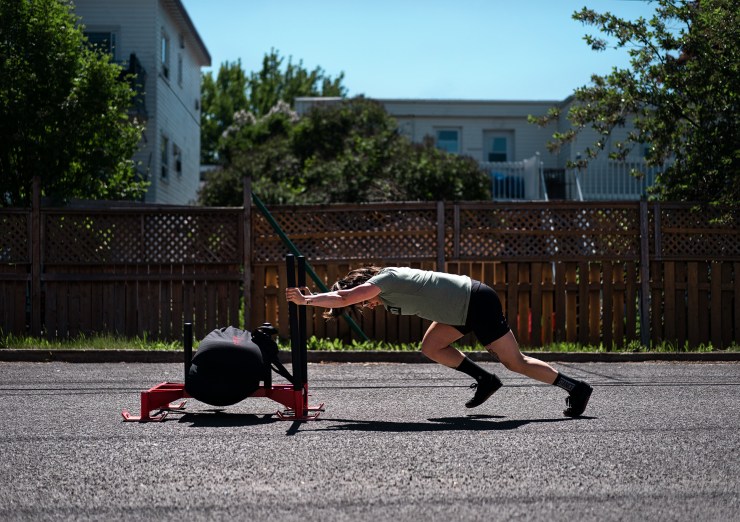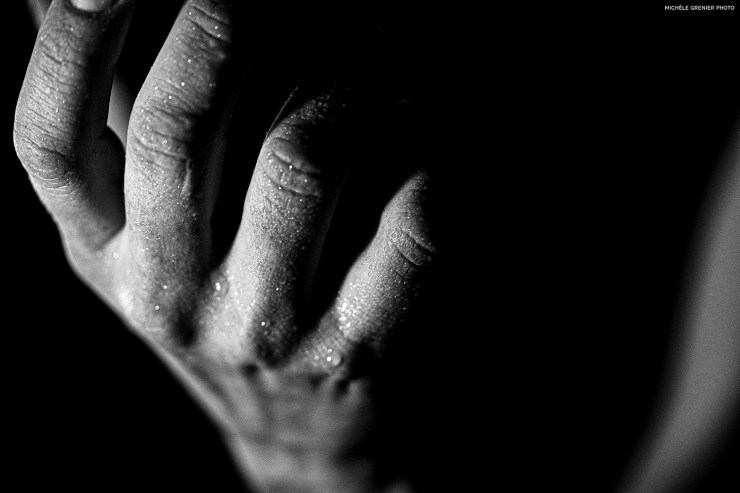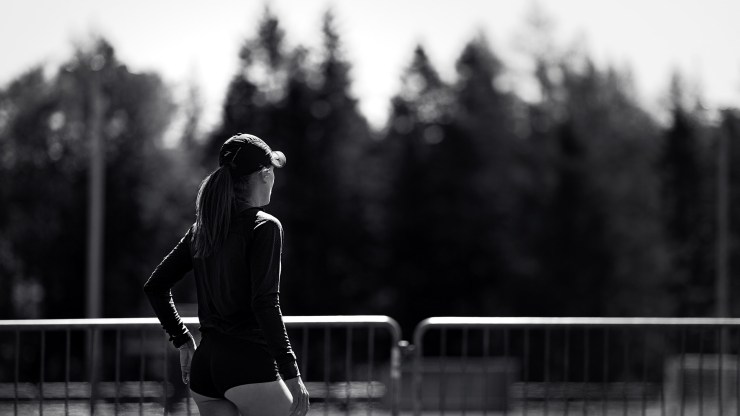Want to get a shallow depth of field (more blur) in the background of your images? Follow these three tips to create more bokeh in your photos!
What creates the blurred effect?
Bokeh (blurring of the front and background) is achieved — to varying degrees — by adjusting three simple parameters:
- The lens aperture
- The distance between the camera, the subject and the background
- The length of the focal length
To maximize the effect, make sure to apply these following tips!

1. Use a large aperture
Use the largest available aperture of your lens. (This can be f/1.8, f/2.8, f/3.5, f/5.6 …) The larger the aperture, the more pronounced the bokeh. Interesting fact: The cost of a lens is often proportionally related to its aperture. Expect to dig deeper into your pockets to purchase a 50mm f/1.2 than a much more affordable 50mm f/1.8.
Beware though: The very small depth of field caused by a large aperture also means a very small area of sharpness. It is therefore important to make sure to have an adequate focus otherwise you risk having completely blurred subjects!

2. Get closer to your subject
It’s hard to get bokeh when your subject is on the other side of the world (unless you have a telephoto lens, but I’ll come back to that in the third point). The closer you stand to your subject, the more blurred the background will appear. Plus, the further away the background is from the subject, the more it will appear even more so!
To make it easier to understand you can try this:
- Place your subject against a wall and stand at the other end of the room. Take a picture.
- Move the subject a few feet away from the wall, stay in the same spot and take a second picture.
- Let the subject off the wall but this time move closer to it.
You’ll notice that the wall will appear more and more blurred. If it works in one room, imagine what you can achieve in much larger spaces.

3. Use a longer focal length (telephoto lens)
I’ve already proclaimed my love for telephoto lenses. Why do I love them? Among other things, for the compression effect they produce. The longer the focal length, the more compression there is … and compression creates bokeh! (Magic!)
If you have an 18-55mm lens, it will be easier to create blur at 55mm than at 18mm. The same is true for a 70mm-200mm, and so on. Looking for a shallow depth of field? Go for the longest focal length you have available to take advantage of the shot compression effect!
Combining techniques for the ultimate bokeh
Bokeh in photography is a popular effect for amateurs and professionals alike. I use these tricks all the time, whether it’s to isolate my subjects, draw the eye to a specific spot or to give my images a polished look.
Each of these techniques contributes to decrease the depth of field so I encourage you to combine these three tips to create more bokeh in your photos! I leave you the pleasure to experiment at your next photoshoot … let me know how it goes 😉
Tell your story with the second annual Visual Storytelling Conference!
Experience four days of interactive, online training sessions featuring a range of educational content with experienced photographers and content creators. This free event kicks off with a series of technical boot camps to build essential skills, followed by live, online sessions on photography, video, business and social media. Join live from March 10-13, 2022!
